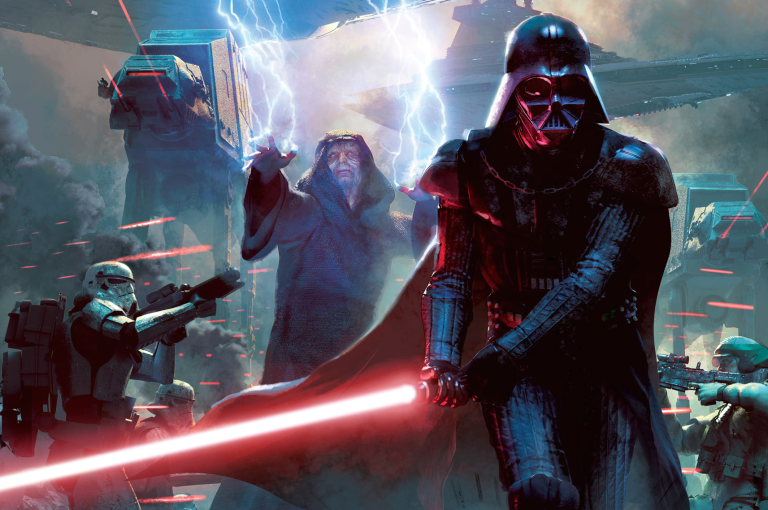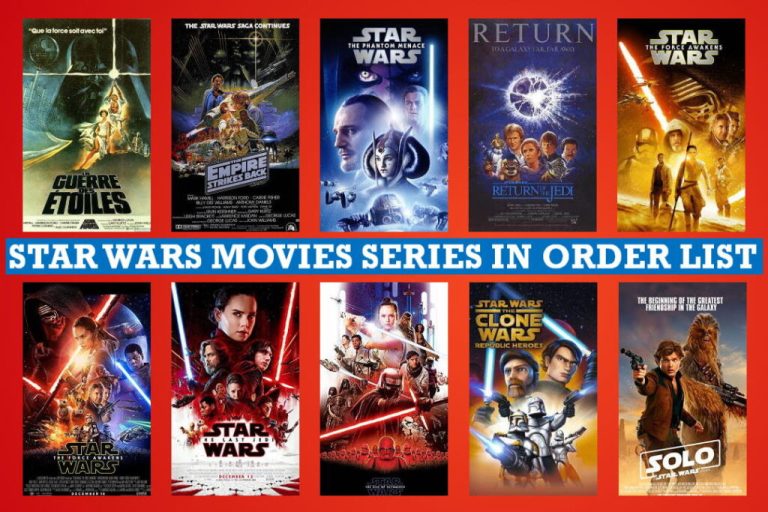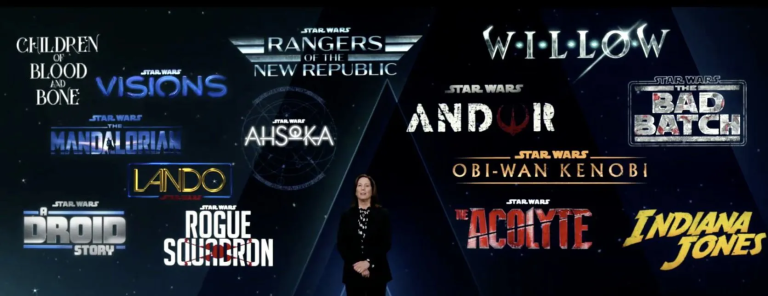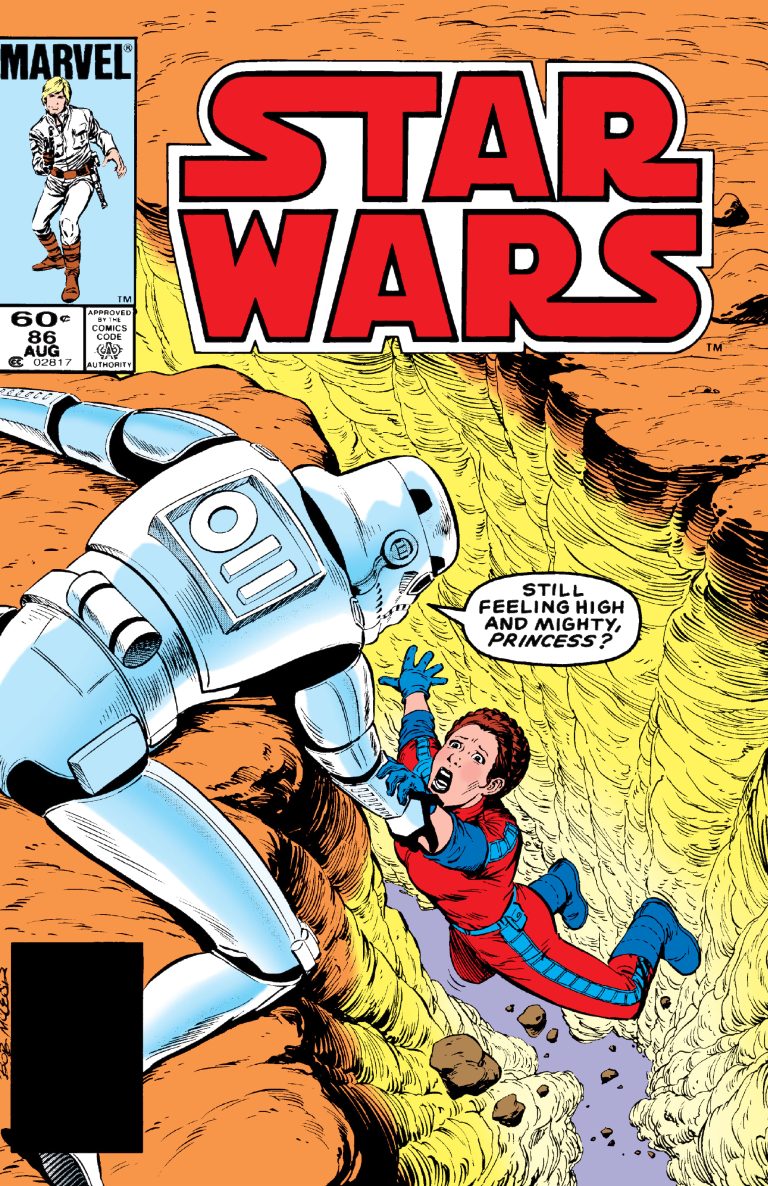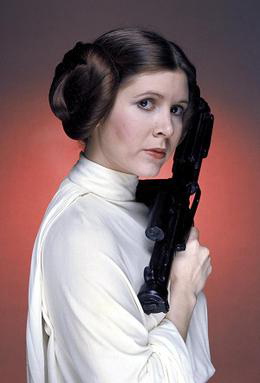How Did Star Wars Revolutionize The Science Fiction Genre?
In a galaxy not so far away, a legendary franchise emerged, forever changing the landscape of science fiction. From its humble beginnings in 1977, Star Wars revolutionized the genre, captivating audiences with its epic storytelling, unforgettable characters, and groundbreaking visual effects. But how did Star Wars achieve such a monumental feat? Let’s delve into the galaxy of George Lucas’s creation and explore the ways in which it reshaped science fiction forever.
At its core, Star Wars breathed new life into science fiction by combining elements of fantasy, adventure, and mythology. Unlike the clinical and sterile settings often associated with the genre, Star Wars introduced us to a vibrant universe filled with diverse planets, alien species, and mystical energy known as “The Force.” This fusion of genres allowed Star Wars to transcend traditional science fiction boundaries, appealing to a wider audience and capturing the imaginations of millions. As we embark on this journey through the stars, we’ll uncover the key ways in which Star Wars reshaped the science fiction genre, leaving an indelible mark on popular culture. Get ready to unleash your inner Jedi and explore the galaxy far, far away!
Star Wars revolutionized the science fiction genre through its groundbreaking visual effects, captivating storytelling, and iconic characters. Released in 1977, the film introduced audiences to a galaxy far, far away and ignited a cultural phenomenon. With its epic space battles, lightsaber duels, and imaginative world-building, Star Wars set a new standard for science fiction filmmaking. Its success paved the way for future sci-fi franchises and inspired generations of filmmakers, writers, and fans alike.
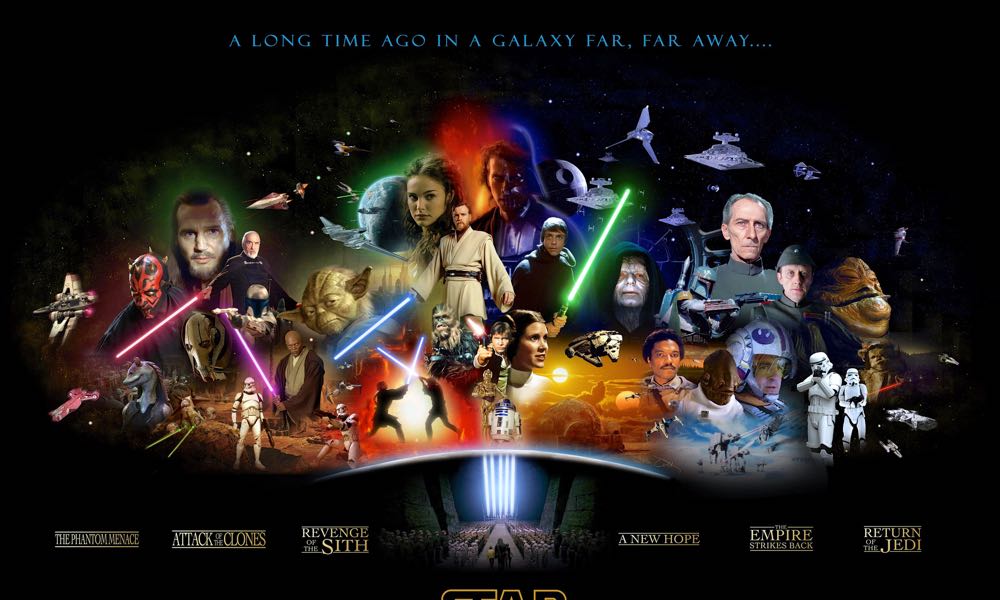
Star Wars: Revolutionizing the Science Fiction Genre
Star Wars is an iconic franchise that has had a profound impact on the science fiction genre. Created by George Lucas, the original Star Wars film was released in 1977 and quickly became a global phenomenon. It introduced audiences to a galaxy far, far away and brought a new level of excitement and imagination to the world of science fiction. But how exactly did Star Wars revolutionize the genre? Let’s delve into the key aspects that made this franchise a game-changer.
The Power of Myth and Epic Storytelling
Star Wars captivated audiences with its epic storytelling and mythical elements. Drawing inspiration from classic mythologies and Joseph Campbell’s Hero’s Journey, the saga of Luke Skywalker and his battle against the dark side of the Force resonated with viewers on a deep level. The archetypal characters, such as the wise mentor Obi-Wan Kenobi and the villainous Darth Vader, became cultural icons. The story’s themes of hope, redemption, and the struggle between good and evil struck a chord with audiences worldwide.
The epic scale of the Star Wars universe also set it apart from other science fiction stories. The conflict between the Rebel Alliance and the tyrannical Galactic Empire spanned multiple planets and involved a vast array of characters. This grand scope created a sense of adventure and exploration that captured the imaginations of viewers. Star Wars showed that science fiction could be more than just spaceships and aliens; it could be a rich tapestry of mythology and emotion.
Revolutionizing Visual Effects
One of the most groundbreaking aspects of Star Wars was its revolutionary use of visual effects. The film introduced audiences to a new level of cinematic spectacle, with its realistic space battles, alien creatures, and futuristic technology. Industrial Light & Magic (ILM), the visual effects company founded by George Lucas, pushed the boundaries of what was possible in filmmaking at the time.
ILM’s innovative techniques, such as using miniatures and models combined with computer-generated imagery (CGI), brought the Star Wars universe to life in a way that had never been seen before. The seamless integration of practical effects and digital technology created a truly immersive experience for viewers. Star Wars set a new standard for visual effects in the film industry, inspiring future generations of filmmakers to push the boundaries even further.
The success of Star Wars also paved the way for advancements in special effects technology. The demand for more realistic and awe-inspiring visuals led to the development of new techniques and tools that continue to shape the industry today. From the use of motion capture to the rise of virtual reality, Star Wars played a significant role in pushing the boundaries of visual storytelling.
Influencing Pop Culture and Franchise Building
Star Wars not only revolutionized the science fiction genre but also had a profound impact on popular culture. The franchise’s iconic characters, memorable dialogue, and instantly recognizable music became ingrained in the collective consciousness. From the famous line “May the Force be with you” to the unforgettable theme composed by John Williams, Star Wars became a cultural phenomenon that transcended the boundaries of cinema.
The success of Star Wars also pioneered the concept of franchise building in the entertainment industry. The original film spawned two sequels, followed by a prequel trilogy and a sequel trilogy. Alongside the films, the franchise expanded into television series, books, comics, video games, and merchandise. Star Wars created a vast and interconnected universe that allowed fans to immerse themselves in the mythology and explore different stories and characters.
The concept of a shared universe and transmedia storytelling, which is now common in franchises like the Marvel Cinematic Universe, was popularized by Star Wars. This approach to storytelling created a sense of continuity and expanded the possibilities for storytelling across various mediums. Star Wars demonstrated the power of building a dedicated fanbase and creating a universe that continues to captivate audiences to this day.
Legacy and Influence
The impact of Star Wars on the science fiction genre is undeniable. It revolutionized the way stories are told, the use of visual effects, and the concept of building a franchise. The success of Star Wars paved the way for the resurgence of science fiction in popular culture and inspired countless filmmakers, writers, and artists.
The franchise’s influence can be seen in the numerous science fiction films and television shows that followed in its wake. From the epic space opera of Battlestar Galactica to the imaginative world-building of The Matrix, Star Wars set a high bar for storytelling and visual spectacle. It proved that science fiction could be both commercially successful and critically acclaimed.
In conclusion, Star Wars revolutionized the science fiction genre through its power of myth and epic storytelling, groundbreaking visual effects, and its influence on pop culture and franchise building. The legacy of Star Wars continues to inspire and captivate audiences, ensuring its place in the annals of science fiction history. It remains a shining example of the transformative power of storytelling and the enduring impact of a galaxy far, far away.
Key Takeaways: How Star Wars Revolutionized the Science Fiction Genre
- Star Wars introduced a new level of visual effects and groundbreaking technology, setting a new standard for sci-fi films.
- The epic space opera storyline captivated audiences, creating a new generation of sci-fi fans.
- The diverse and memorable characters, like Luke Skywalker and Darth Vader, became iconic figures in popular culture.
- Star Wars expanded the sci-fi universe with its vast world-building and introduced concepts like the Force, lightsabers, and droids.
- The success of Star Wars influenced the creation of numerous sci-fi franchises and inspired filmmakers to push the boundaries of the genre.
Frequently Asked Questions
Question 1: What impact did Star Wars have on the science fiction genre?
Star Wars revolutionized the science fiction genre in several ways. Firstly, it introduced a new level of visual effects and cinematic storytelling that was previously unseen in the genre. The epic space battles, alien worlds, and futuristic technology showcased in Star Wars set a new standard for visual spectacle in science fiction films.
Secondly, Star Wars popularized the concept of the hero’s journey, a narrative structure that has become a staple in many science fiction and fantasy stories. The hero’s journey follows a protagonist who embarks on a transformative adventure, facing challenges and ultimately growing as a character. This storytelling approach has influenced countless science fiction works and has become a beloved trope.
Question 2: How did Star Wars impact the portrayal of aliens in science fiction?
Star Wars had a significant impact on the portrayal of aliens in science fiction. Prior to Star Wars, many science fiction films depicted aliens as menacing creatures or one-dimensional villains. However, Star Wars introduced a diverse array of alien species that were more nuanced and relatable.
The cantina scene in the original Star Wars film, for example, showcased a variety of unique alien designs, each with its own backstory and personality. This approach humanized aliens and allowed audiences to connect with them on a deeper level. Star Wars demonstrated that aliens could be complex and multidimensional characters, paving the way for more diverse and inclusive representations of extraterrestrial life in science fiction.
Question 3: Did Star Wars influence other science fiction films and TV shows?
Absolutely! Star Wars had a profound influence on the science fiction genre as a whole. Its success inspired a wave of space-themed movies and TV shows in the late 1970s and 1980s, such as Battlestar Galactica and Buck Rogers in the 25th Century.
Furthermore, Star Wars sparked a renewed interest in science fiction among filmmakers and audiences alike. It demonstrated the commercial viability of the genre and encouraged studios to invest in more science fiction projects. Without Star Wars, we might not have had iconic franchises like Star Trek: The Next Generation or The Matrix.
Question 4: How did Star Wars change the way science fiction stories are told?
Star Wars changed the way science fiction stories are told by blending elements of fantasy, mythology, and classic storytelling tropes into a futuristic setting. Rather than focusing solely on scientific accuracy and hard science fiction, Star Wars embraced a more fantastical approach.
The Force, for example, introduced a mystical and spiritual element to the science fiction genre. It added a layer of depth and complexity to the story, exploring themes of balance, destiny, and the power of belief. This fusion of science fiction and fantasy elements in Star Wars opened up new storytelling possibilities and expanded the genre’s boundaries.
Question 5: How did Star Wars influence the use of special effects in science fiction films?
Star Wars revolutionized the use of special effects in science fiction films. It pioneered groundbreaking techniques, such as the use of miniatures, motion control cameras, and computer-generated imagery (CGI).
The space battles in Star Wars were unlike anything seen before, with intricate models and detailed visual effects bringing the action to life. These advancements in special effects not only made the film visually stunning but also raised the bar for future science fiction films, pushing the boundaries of what was possible on screen.
How Star Wars Reinvented Cinema
Final Thought: Star Wars – A Galactic Game-Changer in Science Fiction
In a galaxy far, far away, Star Wars burst onto the scene and forever altered the landscape of science fiction. With its captivating storylines, groundbreaking special effects, and unforgettable characters, this epic space saga revolutionized the genre in ways that continue to resonate with fans across the universe. From the moment the opening crawl scrolled across the silver screen, Star Wars captured the imagination of audiences and propelled science fiction into uncharted territories.
One of the key ways in which Star Wars revolutionized the science fiction genre was through its innovative world-building. George Lucas crafted an expansive universe filled with diverse planets, species, and cultures, transporting viewers to a galaxy teeming with possibilities. This imaginative approach to world-building not only captivated audiences but also set a new standard for science fiction storytelling. From the bustling cityscape of Coruscant to the desert planet of Tatooine, each location in the Star Wars universe felt richly detailed and alive, making it easy for viewers to immerse themselves in the story.
Another groundbreaking aspect of Star Wars was its pioneering use of special effects. The film introduced audiences to a level of visual spectacle that had never been seen before, from the iconic lightsaber battles to the thrilling space dogfights. The seamless integration of practical effects and cutting-edge technology created a sense of realism and excitement that captivated audiences. Star Wars showed that science fiction could be visually stunning and immersive, pushing the boundaries of what was possible on the silver screen.
Furthermore, Star Wars introduced a new generation of memorable and relatable characters that instantly became cultural icons. From the wise and mysterious Jedi Master Yoda to the charismatic scoundrel Han Solo, these characters resonated with audiences on a deep level. Their struggles, triumphs, and complex relationships added depth and emotional resonance to the story, elevating it beyond mere spectacle. Star Wars proved that science fiction could be more than just spaceships and aliens – it could be a vehicle for exploring universal themes of hope, redemption, and the power of the human spirit.
In conclusion, Star Wars revolutionized the science fiction genre by pushing the boundaries of storytelling, visual effects, and character development. Its impact can still be felt today, as it continues to inspire new generations of fans and shape the way we think about science fiction. From its immersive world-building to its groundbreaking special effects, Star Wars remains a testament to the power of imagination and the

